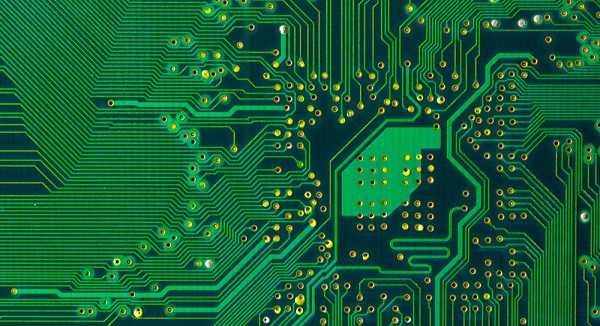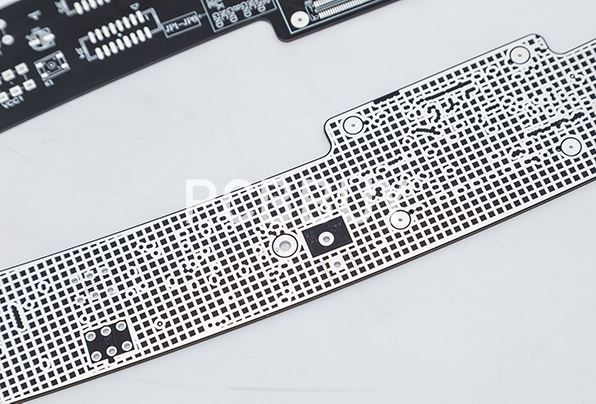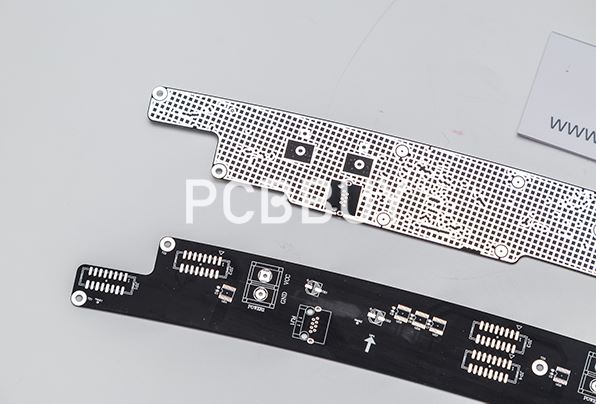Creepage and Clearance for PCB Design
By:PCBBUY 08/27/2021 09:56

In some circumstances, incorrectly designed boards can create an electrostatic discharge which could in turn cause damage to the board and the components, and possibly spark a fire. To avoid this problem, PCB designers working with high voltage applications should pay particular attention to the separation between exposed metal conductors within their designs. There are two ways to measure this separation: creepage and clearance.
In this passage, we will focus on creepage and clearance for PCB. You can check and read the content below and learn more professional knowledge about it. Let’s go!

What are the standards of creepage and clearance for PCB?
For those of us who don’t want to learn about the importance of creepage and clearance from direct experience, there are a few standards to help us. Primarily you should look into IEC 60601 and IPC 2221. These two standards detail spacing between conductors for different voltages and scenarios.
Sometimes there will be gray areas where the standards won’t tell you exactly how to solve a problem or layout your conductors. Although, your CM’s DFM rules will ensure manufacturability you should have your boards tested to ensure the safety requirements for creepage and clearance are met. The most well-known testing service is Underwriter’s Laboratory (UL), which will validate your boards, give your customers confidence, and provide you with protection against a related contingency. At the end of the day, it’s important for you to know the principles of design for creepage and clearance so you can ensure your board is compliant.
There are different documents that cover PCB creepage and clearance standards, with the primary one being IPC-2221. This is a general standard that covers many different design rules, including the spacing you need for high voltage circuits. The limits are delineated by DC or AC voltage levels, internal layers, external layers that are coated or uncoated, and substrate materials. In addition to IPC-2221, you can find additional information in these standards:
· IPC-9592: This standard is more specific than IPC-2221 in that it defines spacing requirements of power conversion devices that run higher than 100 volts.
· UL-61010-1: These standards specify the requirements for safety in the design of electrical testing and laboratory equipment as well as other industrial equipment.
· UL-60950-1: This standard is for high and low voltage applications across a broad range of equipment.

What are the differences of creepage and clearance for PCB?
Printed circuit boards that conduct high voltages can be victimized by an electrostatic discharge between exposed metal if that metal is too close together. This discharge can potentially cause damage to the board and its components, and it is important for PCB designers to observe proper spacing between metal conductors on the board. Conductor spacing on a circuit board is measured in two ways—creepage and clearance:
Clearance
Clearance is the shortest distance in the air between two conductors. You can think of this as the line of sight distance between two mountain tops. If you had a jetpack, as I often wish I did, you could fly directly to the other peak in a straight line.
Creepage
Creepage is the shortest distance to another conductor along the surface of the insulating material of your PCB. This time you have to walk all the way down the side of the mountain, through the valley, and up the other mountain to get to the top, without jet packs.
These two definitions become important when you’re designing a “high voltage” board. Meaning if your board uses more than 30 VAC or 60 VDC then you need to start paying attention to spacing. If you don’t your PCB might end up like mine from earlier, burned and smoking. This is because at higher voltages conductors can arc to one another or to other components if they’re too close together.

Creepage VS Clearance – which is better?
Engineers usually provide the spacing rules for a design in the form of a table or list, invariably titled “Clearance Rules.” And virtually all PCB design software tools refer to all spacing rules as clearance rules. This is not technically correct, and this becomes an important distinction to make in high voltage designs. The parameters for pad-to-pad, pad-to-trace, trace-to-trace spacing—basically any spacing rule that is applied between conductive elements over an insulating surface is creepage, not clearance.
Spacing between conductive elements through air is clearance. The general term ‘clearance rules' will undoubtedly continue to be used for specifying all spacings, both by engineers and design software developers, so designers need to be aware of the difference between creepage and clearance, and always make sure they have both sets of rules when the design is considered high voltage.
Another item to note is that creepage requirements are always greater than or equal to the associated clearance requirement. It is quite easy to satisfy either a creepage or clearance rule between two electrical nodes and at the same time have a violation in the other rule, so extreme care must be taken during all phases of PCB quote design to ensure that both rules are always satisfied.
Industry Category











